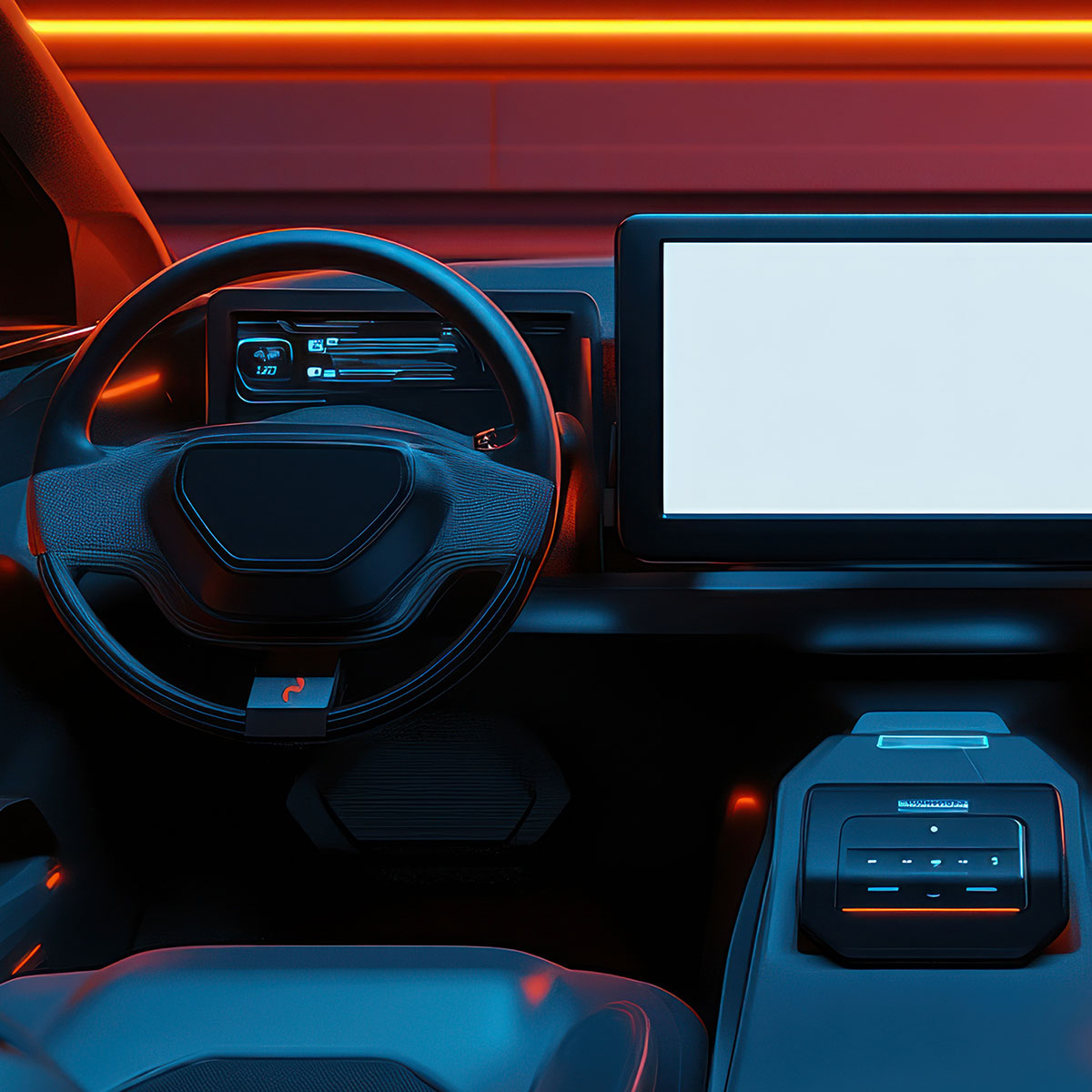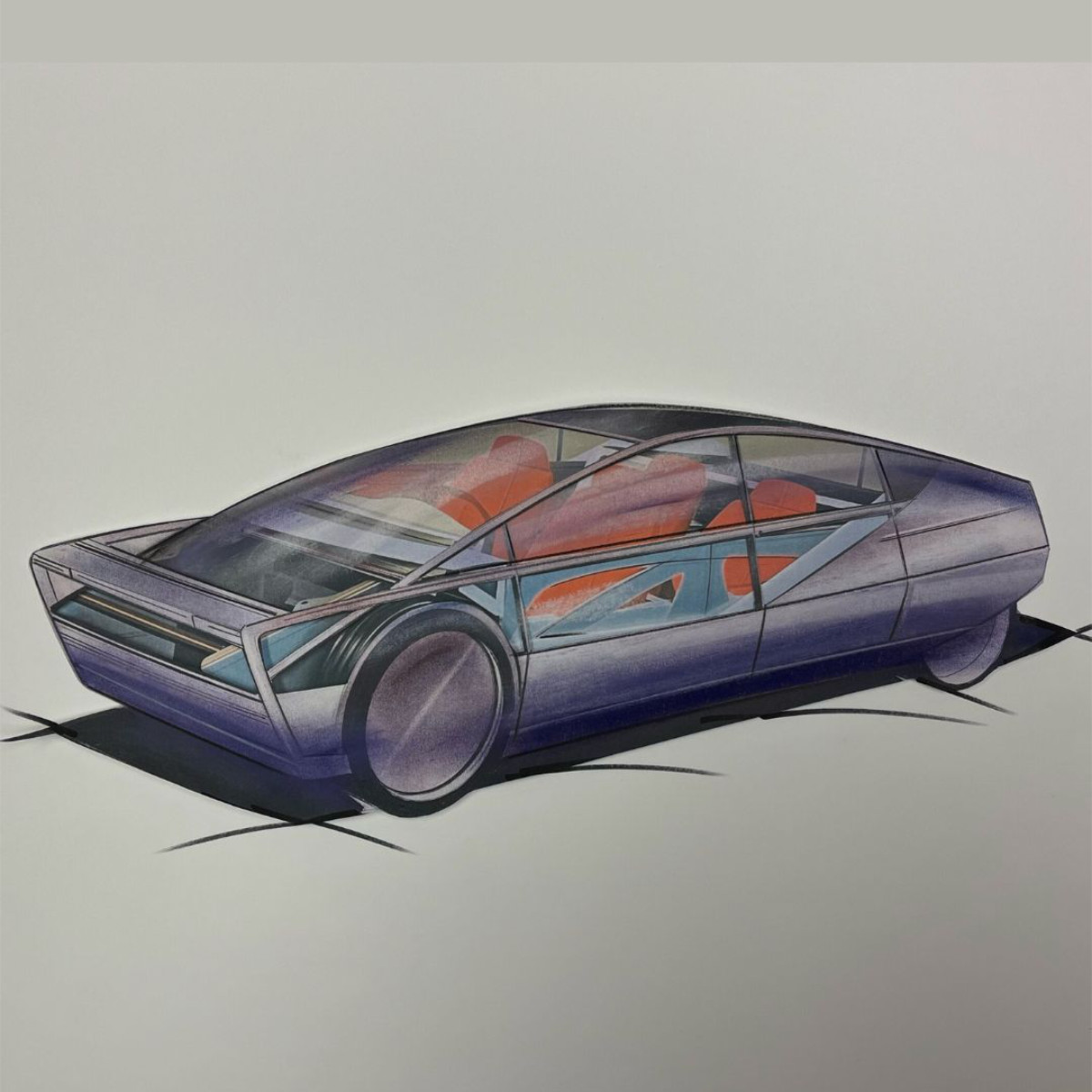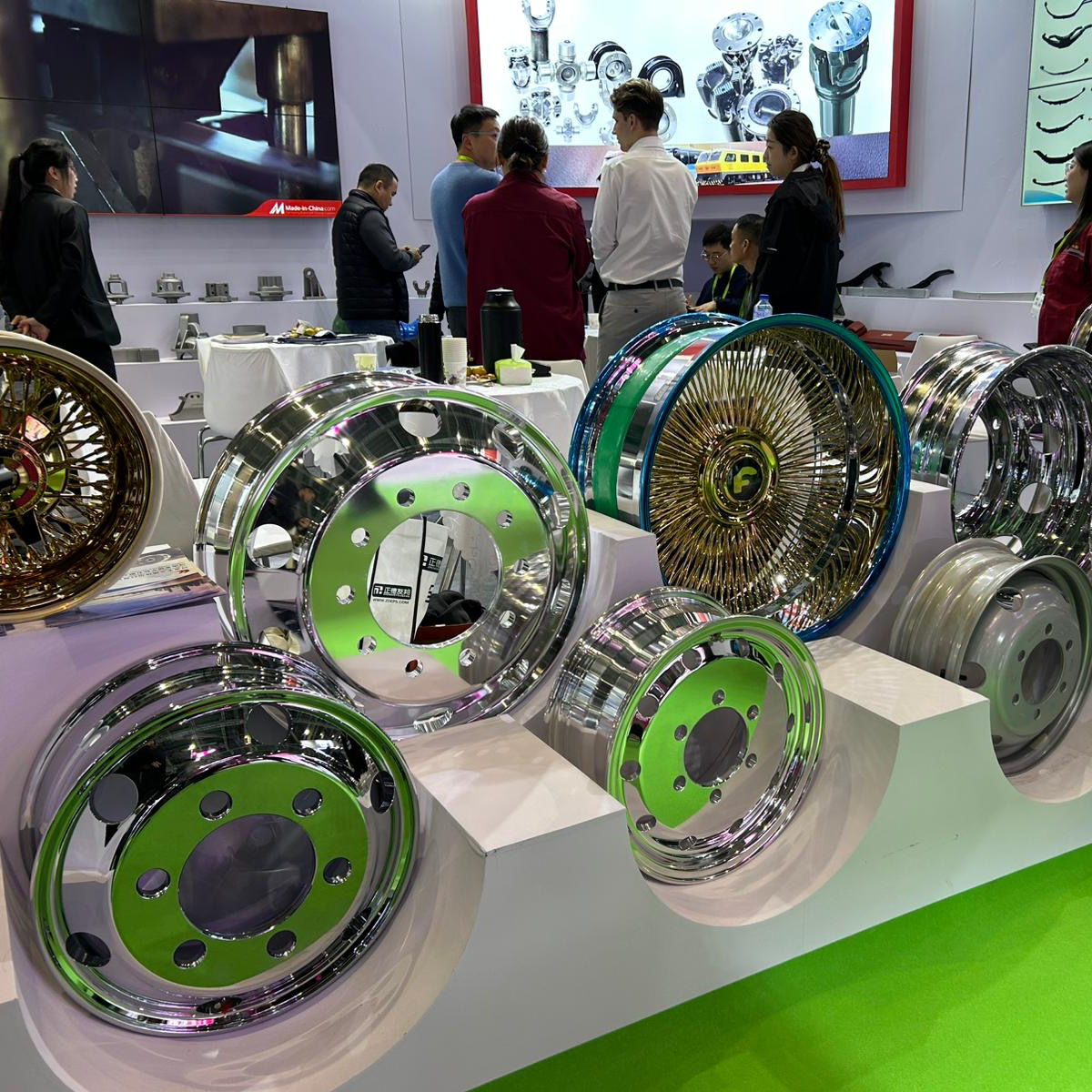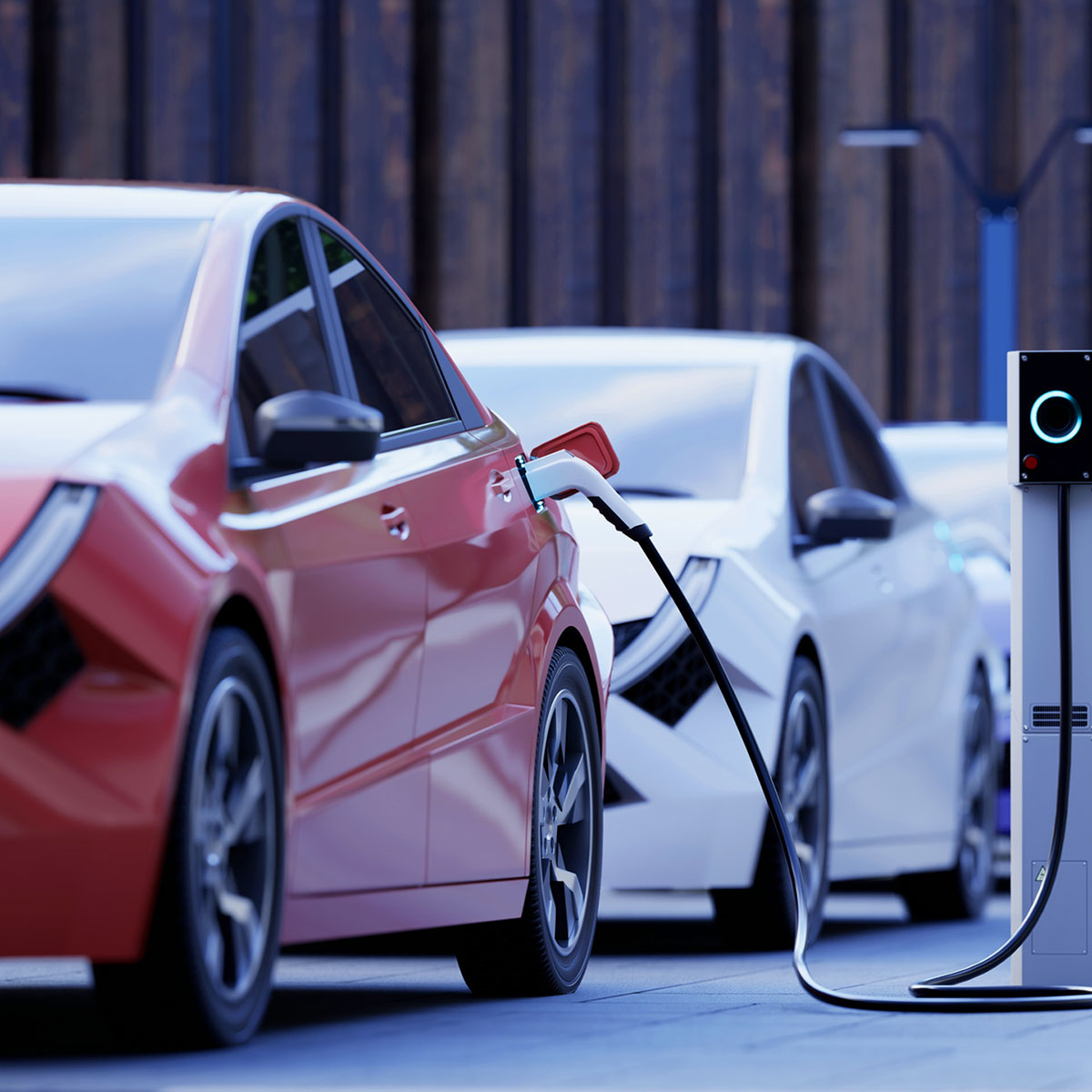Reading time: 4 minutes
In theory it can – but by looking after the paint, the car will look better for longer, be easier to sell on, and require less maintenance during ownership. That last point is perhaps the most underrated one – it’s the biggest single benefit of applying a ceramic coating, yet many focus on scratch resistance – not something ceramic coatings are actually particularly good at.
So, let’s get back to basics – what are the key things that damage car paint?
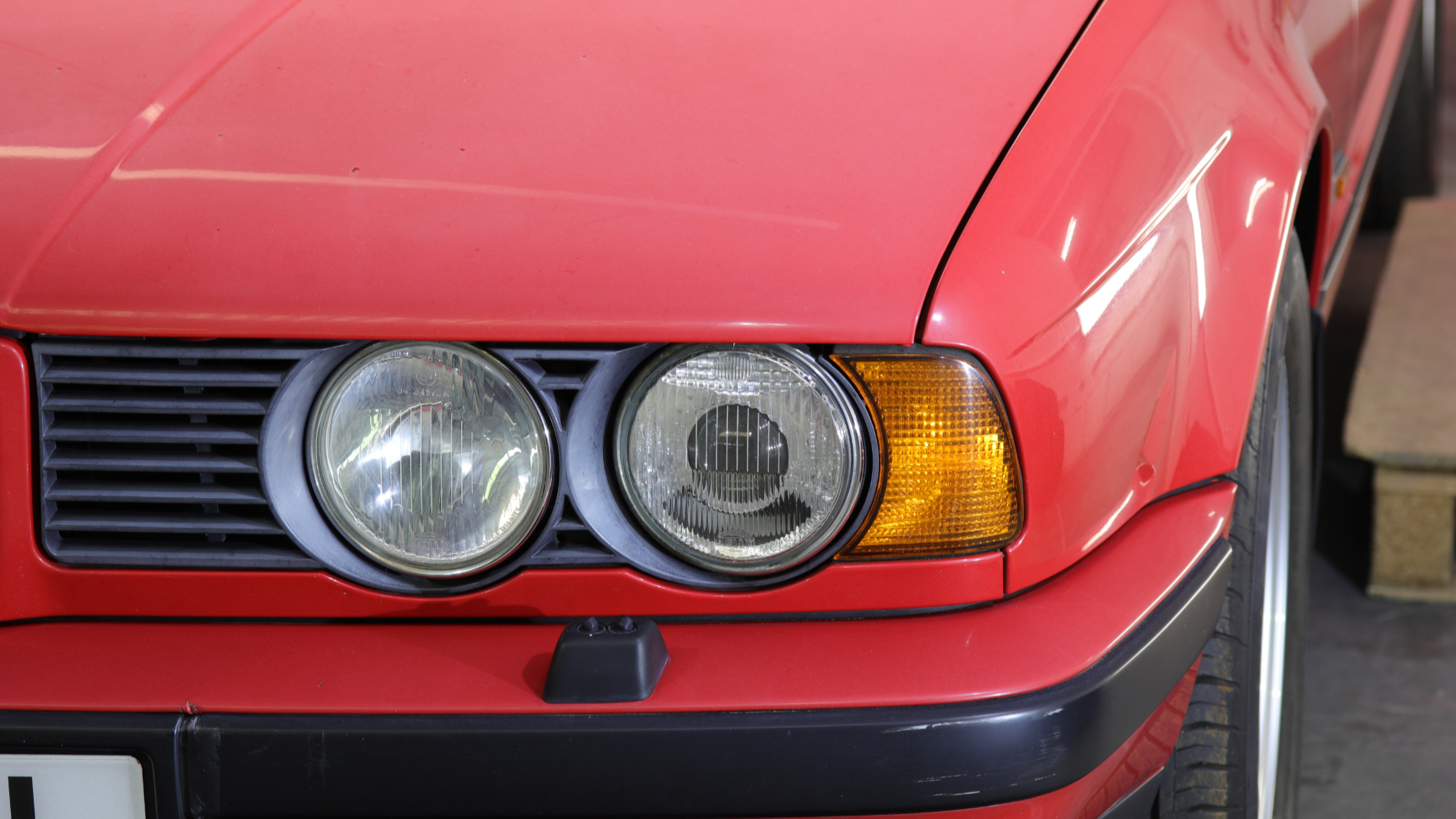
Ultra violet (UV) light damage has traditionally been a big one, with the sun appearing to bleach cars, particularly red ones, to point of turning pink. With single stage paint this genuinely was an issue, but cars nowadays have lacquer which contains UV filters and paint fade really isn’t the problem it used to be, though it’s still useful to have an extra barrier.
Next, we have chemical damage – this could be from oil and salt on the road, the acidic etching of bird lime or tree sap, or even the concentrated products used at some car washes. Conventional waxes offer limited and short-term protection against this, and while polymer-based sealants perform better, it’s ceramic coatings that shine here, along with Paint Protection Film (PPF) of course.
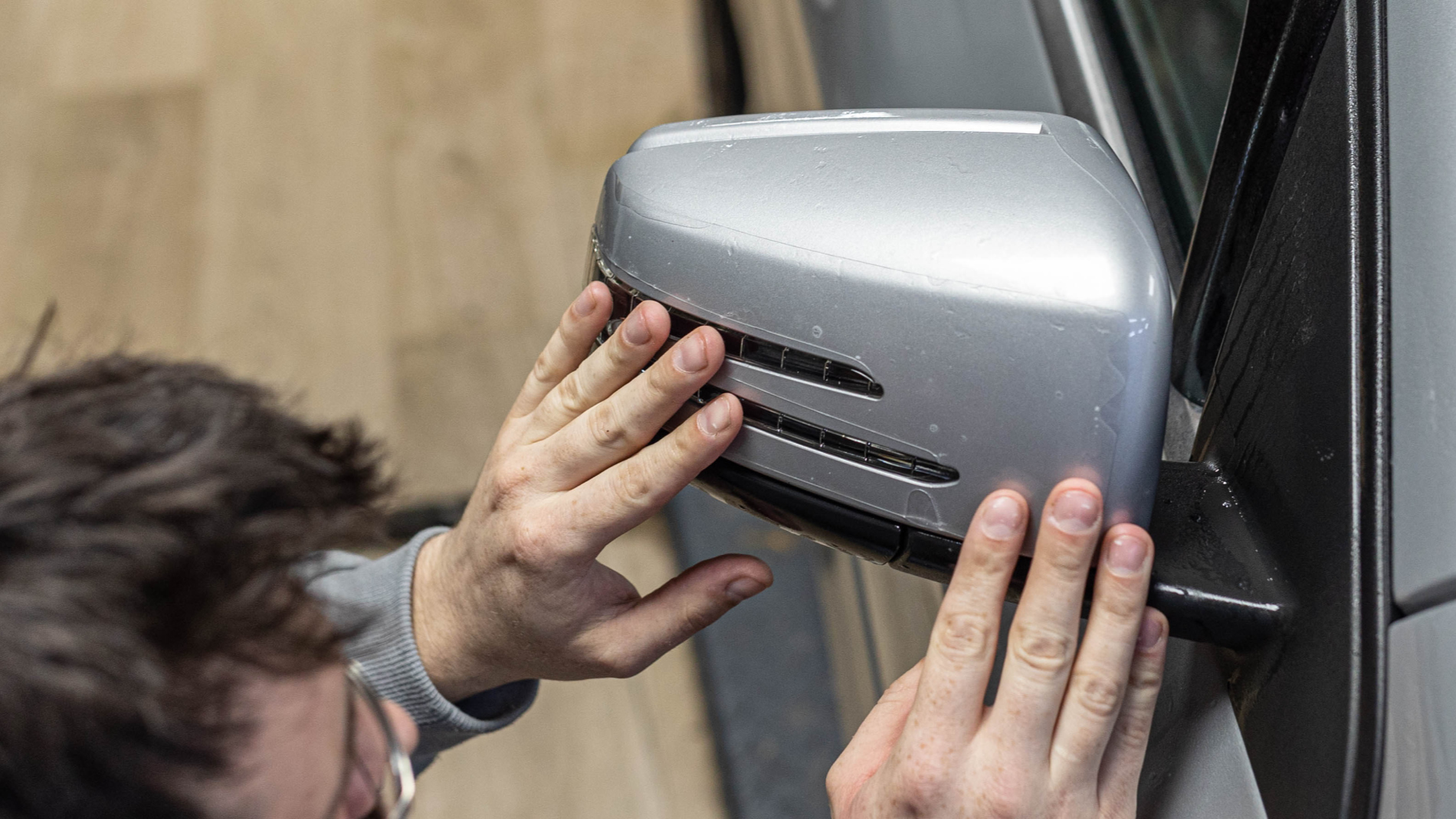
Physical abrasion has always been difficult to defend against – be it rubbing past bushes on country lanes, low-speed car park scuffs, or even hitting errant wildlife on a dark night. Ironically, the biggest cause of abrasion damage on car paint is often incorrect cleaning techniques – sponges, drying blades, poorly maintained automated car washes, chamois leathers, and the rest. Wax and polymer coatings are relatively weak in this department, ceramic coatings claim their hardness protects when in reality it is their slickness that adds resistance to scratches, but it is PPF that shines here.
Two further benefits of paint protection are increased gloss and ease of cleaning – everything from a wax to a ceramic coating has value in this regard, though conversely, PPF is rarely as glossy as bare paint and isn’t any easier to clean. That said, you can now procure coatings for PPF, some even come with it pre-applied, so while the visuals are never as good as waxed paint, it is at least as easy to clean as a normal coated car.
One thing to consider is a car’s warranty and insurance – in recent years manufacturers and insurance companies have tried to use ceramic coatings particularly as a ‘get-out’ clause. In fairness, when it comes to re-painting a damaged vehicle, coatings have to be removed and this can take considerable time, thus adding to the repair bill. It is certainly worth getting written confirmation from the insurers that they know your car is ceramic coated – for some it is now on the standard modification list next to a stainless-steel exhaust and bigger wheels. The best insurance policies will even pay for ceramic coatings or PPF to be re-applied after the body panels have been repaired.

Aside from paint, there are plenty of other surfaces on a vehicle that benefit from protection. Black plastic and rubber trim still have a habit of fading to grey, and this can be slowed with various protection products. On the interior of the vehicle, carpets and soft furnishings can have hydrophobic barriers added to them, much like proofing walking boots, to help prevent stains and keep family wagons a little more habitable. When it comes to leather there is a huge range of options, many of which create a low-friction, hydrophobic layer that genuinely reduces wear and stains – particularly denim stains on light-coloured trim. Wheels tend to get dirty first on a car, and things like brake dust and tar can prove a challenge to remove with simple cleaning – so it is unsurprising that there is a variety of products out there designed to protect them and keep them easy to clean.

A final word on protection is the importance of preparation – a common omission from dealer-applied coatings, which most often causes failures and reputational damage. Even a brand new, factory-fresh car will have all sorts of contamination on it from transport and storage, and used cars even more so. The effectiveness and durability of a protection product on any given surface is normally only as good as the preparation that went into it prior to application.

